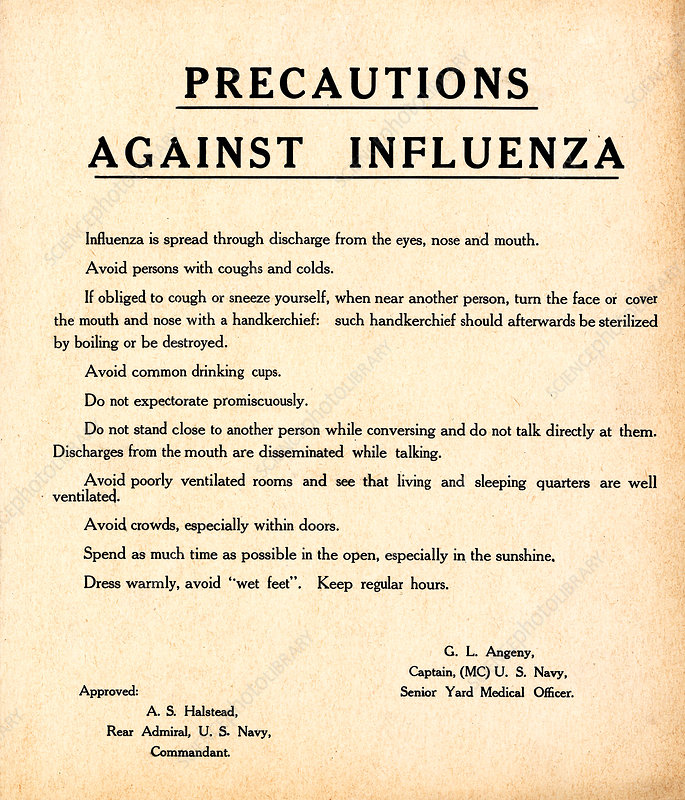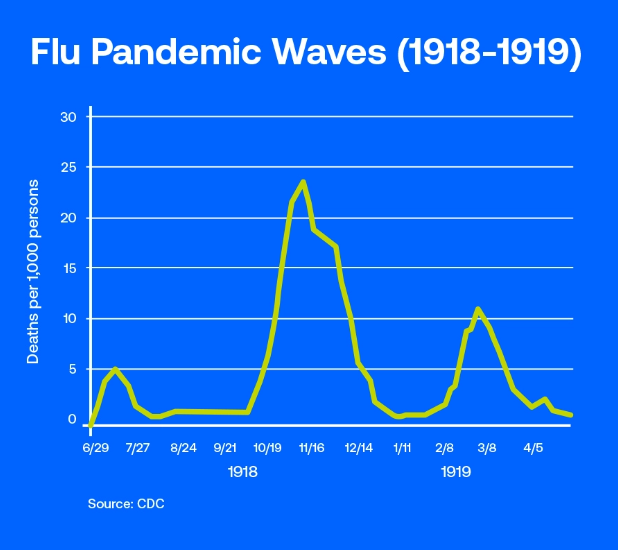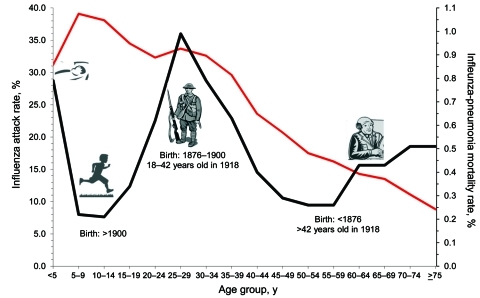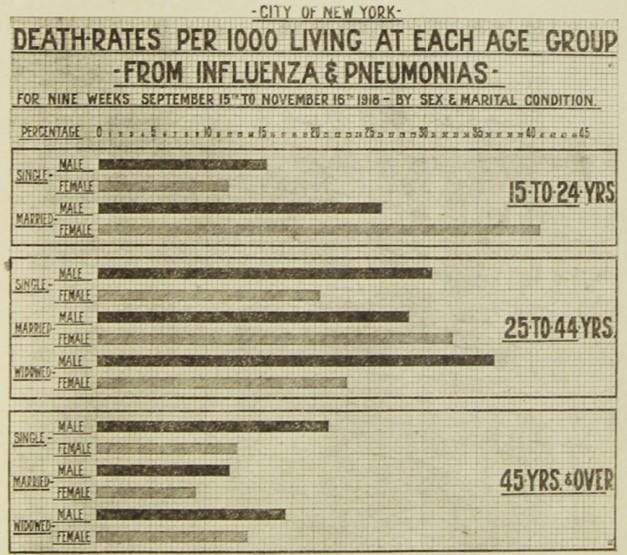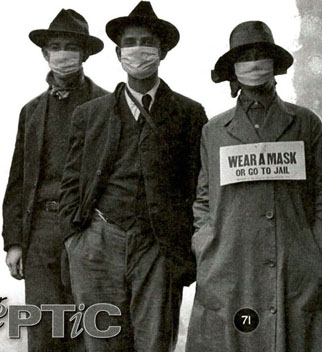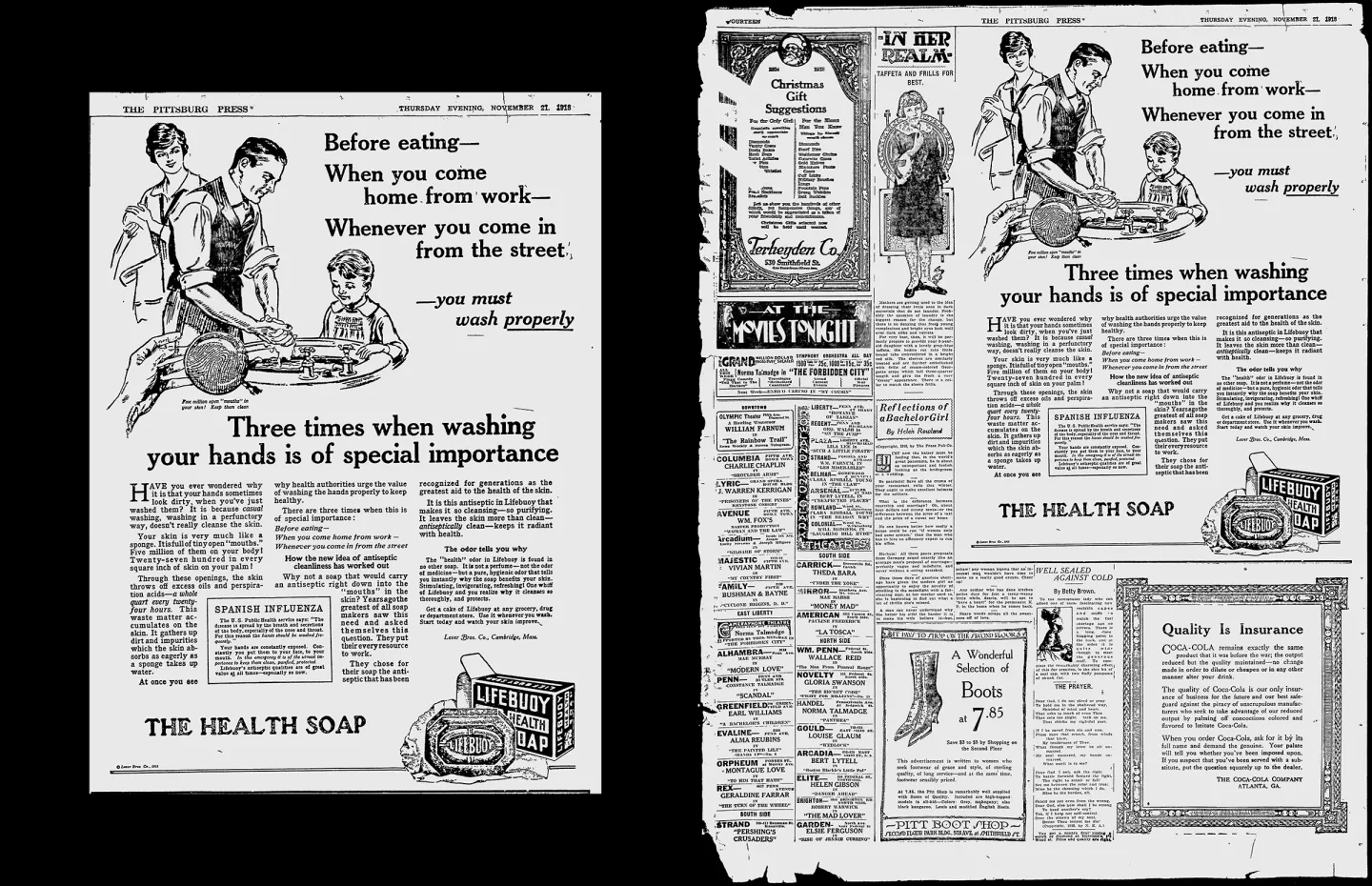The Spanish flu is believed to have originated in birds and have spread to humans. It’s believed to have transferred either directly or through an intermediate host. As soon as the flu began to spread amongst people, it rapidly turned into a global epidemic that affected millions of people worldwide. Since Spain was among the first to send out newspapers regarding the flu. They immediately blamed the Spanish, and it inaccurately became known as the Spanish flu. However, the first case was reported in Fort Riley, Kansas in the US.
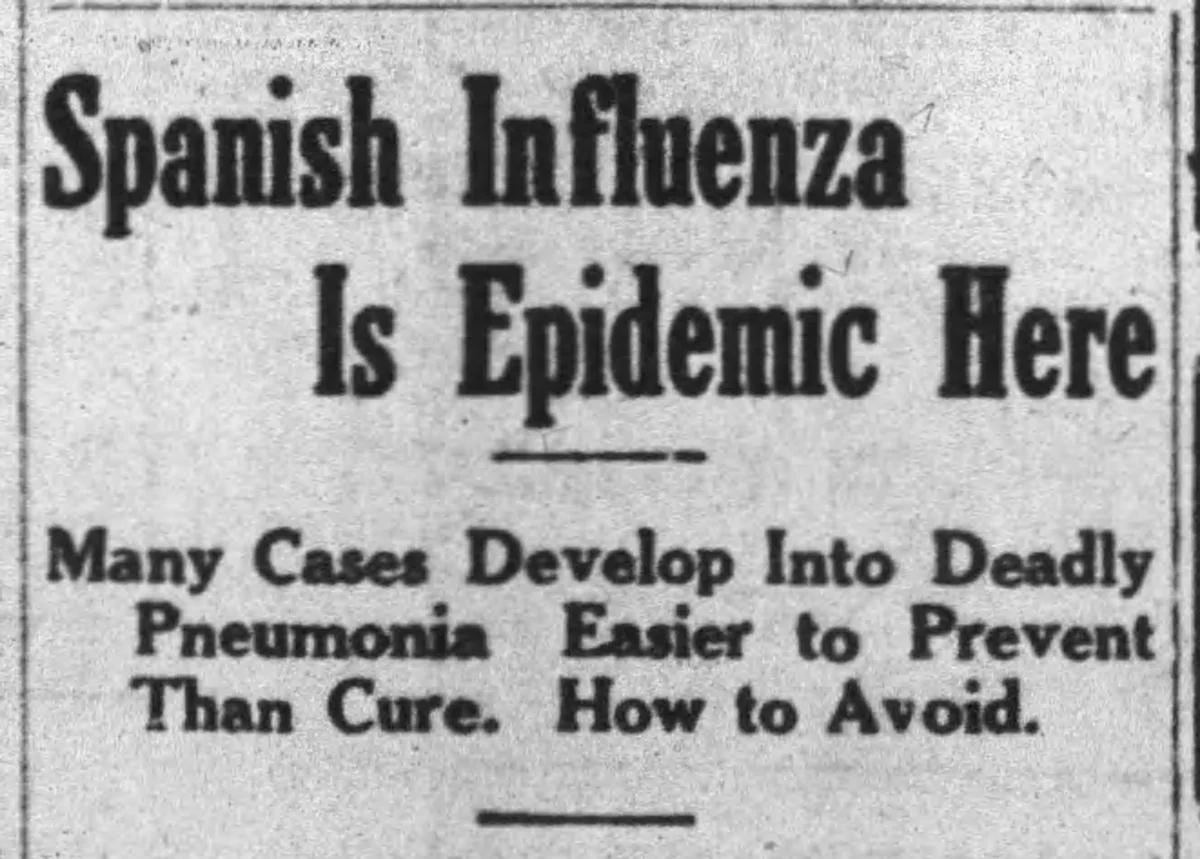
A Nov. 6, 1918, headline in the Tucson Citizen describes the Spanish flu, which killed at least 50 million people worldwide. Tucson Citizen 1918

